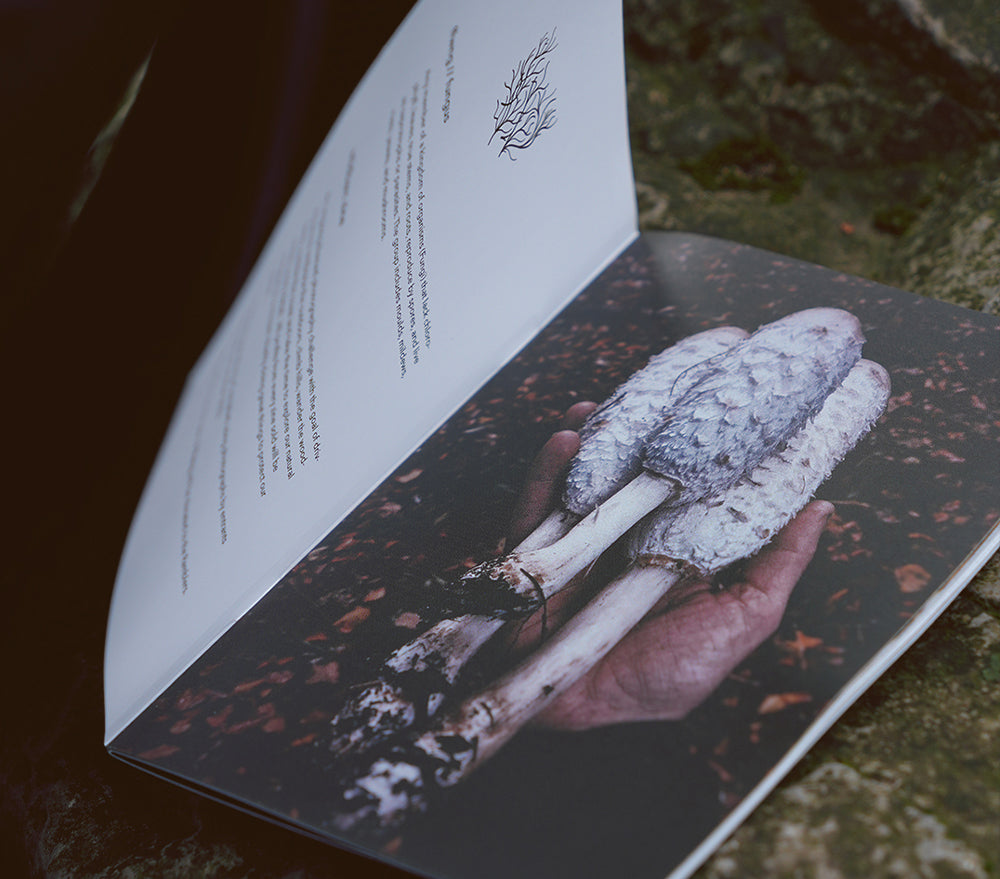Foraging for wild mushrooms in the UK during the winter months can be a rewarding and invigorating experience. While the colder temperatures might seem inhospitable for some fungi, a variety of mushrooms thrive in the damp and cool conditions.
In this short guide, we'll explore some of the mushrooms you can hope to discover from November to March, where to look for them, and some good to knows.
Winter Chanterelle (Cantharellus tubaeformis)

Where to find: Woodlands, especially near coniferous trees but also birch and beech.
Good to know: Winter Chanterelles have a funnel-shaped cap that ranges from yellow to orange-brown. The gills are typically forked and extend down the stem. These mushrooms have a faint fruity aroma scent similar to apricot.
Photo by Holger Krisp
Velvet Shank (Flammulina velutipes)

Where to find: On dead or dying trees, particularly beech and elm.
Good to know: Velvet Shanks are easily recognisable by their slender stems and shiny, brown caps. Their velvety texture gives them a distinct appearance. These mushrooms often form large clusters and can withstand frost, making them a common winter find. The Velvet Shank provides a rich winter food source for some woodland invertebrates. You can usually spot a cluster after the first frosts until late February in some years.
Photo by Magnus Hagdorn
Wood Ear (Auricularia auricula-judae)

Where to find: On decaying wood, especially elder trees.
Good to know: Also known as Jelly Ear, these mushrooms resemble translucent, jelly-like ears. They can vary in colour from pale brown, purple hues to almost black. The distinctive ear-shaped appearance makes them stand out against the woody background. You'll find these all year round but they are much more prominent during the mild spells of late winter. The cap grow from 2cm to 8cm across, sometimes even larger.
Photo by Dominicus Johannes Bergsma
Herald of Winter (Hygrophorus hypothejus)

Where to find: In loose swarms and small clusters under conifers, particularly pine.
Good to know: It fruits most commonly in late Autumn and Winter. The brown cap starts off convex or bell-shaped. When mature, the 3cm - 5cm wide cap can be flat, slightly depressed or even funnel-like, and can have a small central bump. The cap margin is slightly in rolled and can retain veil fragments when young. The Herald of Winter is often traded as a food item in northern Scandinavia.
Oyster Mushroom (Pleurotus ostreatus)

Where to find: The oyster mushroom is common in UK woods. It can be found on hardwood trees, particularly deciduous trees, such as beech.
Good to know: The oyster mushroom is one of the few known carnivorous mushrooms. They can kill nematodes (species of small worms). The colour is generally white or grey but sometimes tan-coloured in places. It may be lobed or wavy. The oyster like shape and size can vary in thickness depending on the age of the fungus.
Photo by Rina Chen
Turkey Tail (Trametes versiclor)

Where to find: A tightly tiered formation in groups, the turkey tail can be found on small branches, dead hard wood, fallen trunks, tree-stumps and even growing on park benches. It is very rarely found growing on conifers.
Good to know: This very common fungus comes in a wide variety of colour variants. It has been the subject of a number of investigations and clinical trials and is used medicinally (after correct preparation) to treat a weakened immune system.
Photo by Björn S
Scarlet Elf Cup (Sarcoscypha coccinea)

Where to find: Damp woodlands, mossy fallen logs, rotting wood and particularly in leaf litter.
Good to know: These vibrant red, pinkish or orange cups resemble tiny saucers. The inner surface is smooth, while the outer side may be covered in fine hairs. They often appear in clusters, creating a stunning display against winter surroundings. This fungus is mostly found from January to March but can sometimes fruit throughout the year if the conditions are right.
Photo by Epegeiro
To discover more incredible mushroom photos check out our limited edition zine, 'Ffwng' available in our shop.
Featured photo by Jade Wild.




